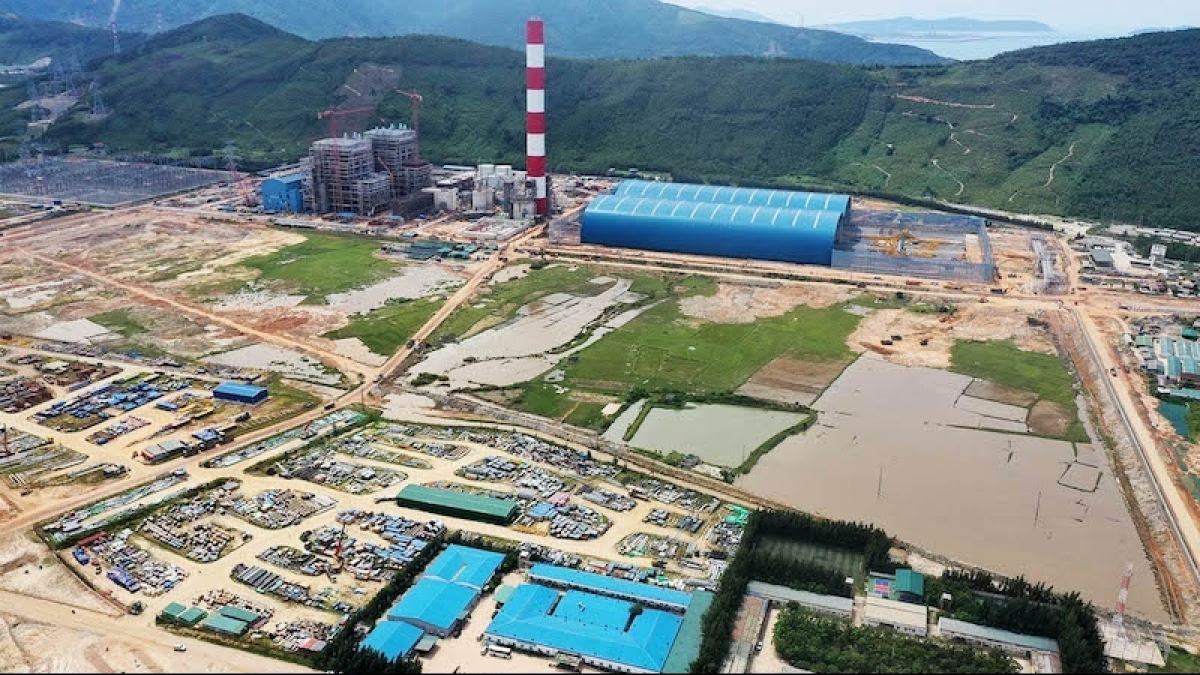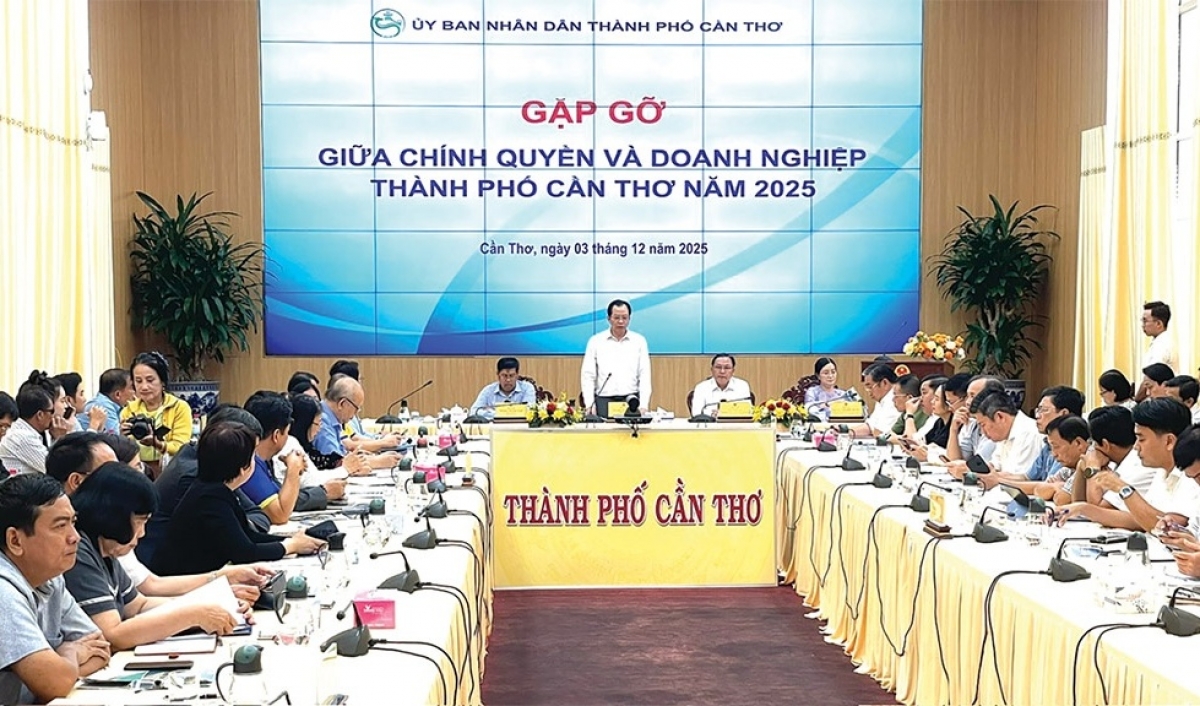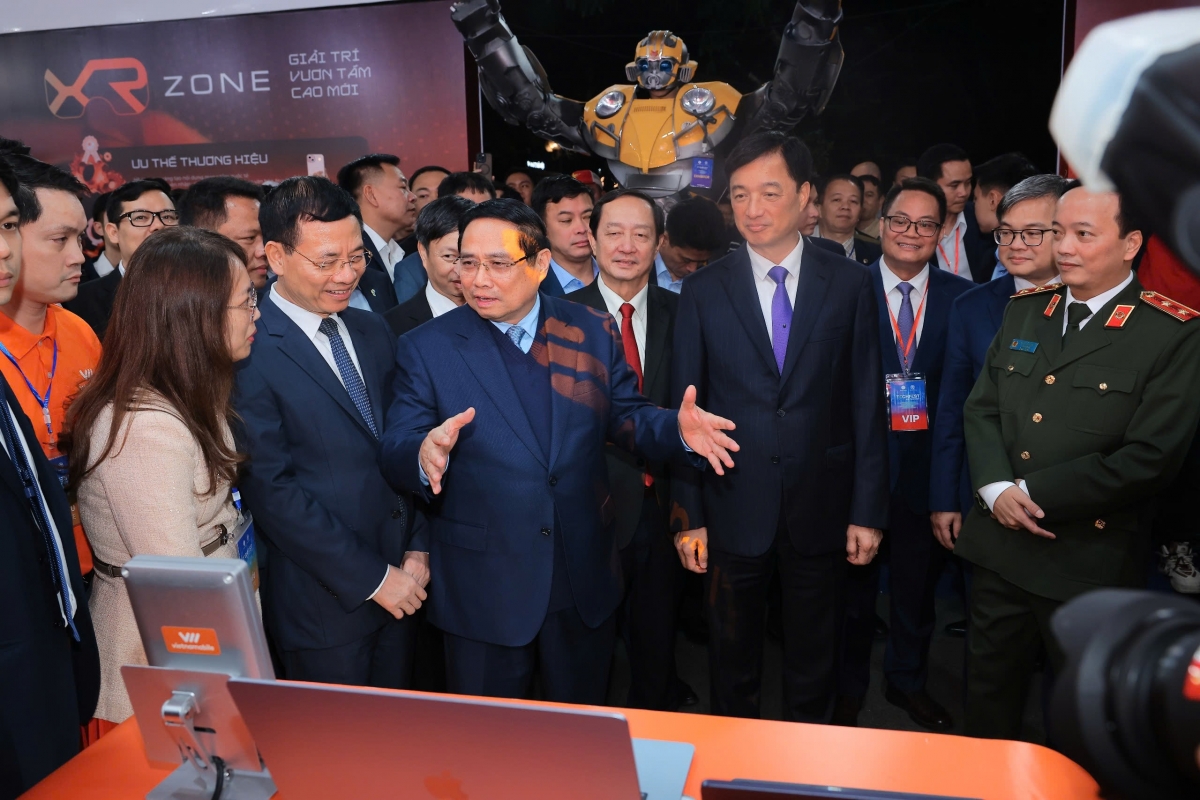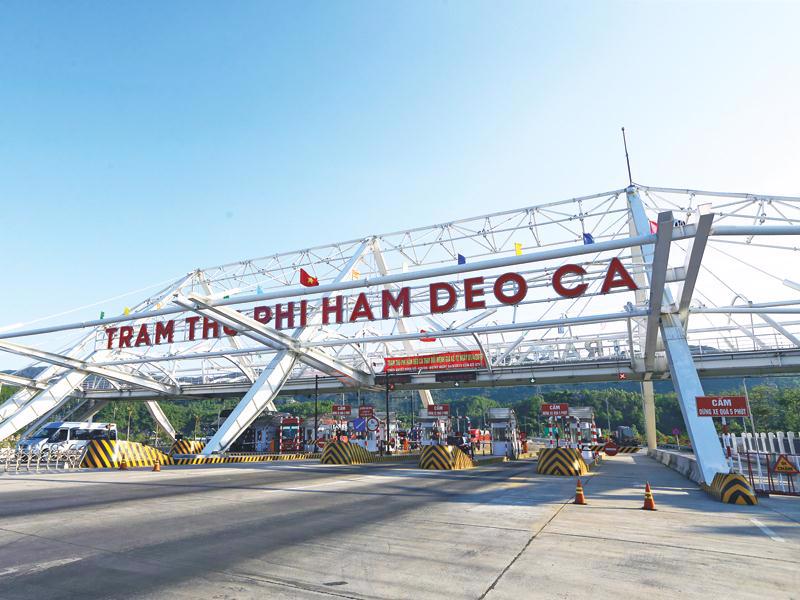INTERNATIONAL INVESTMENT
AND PORTAL
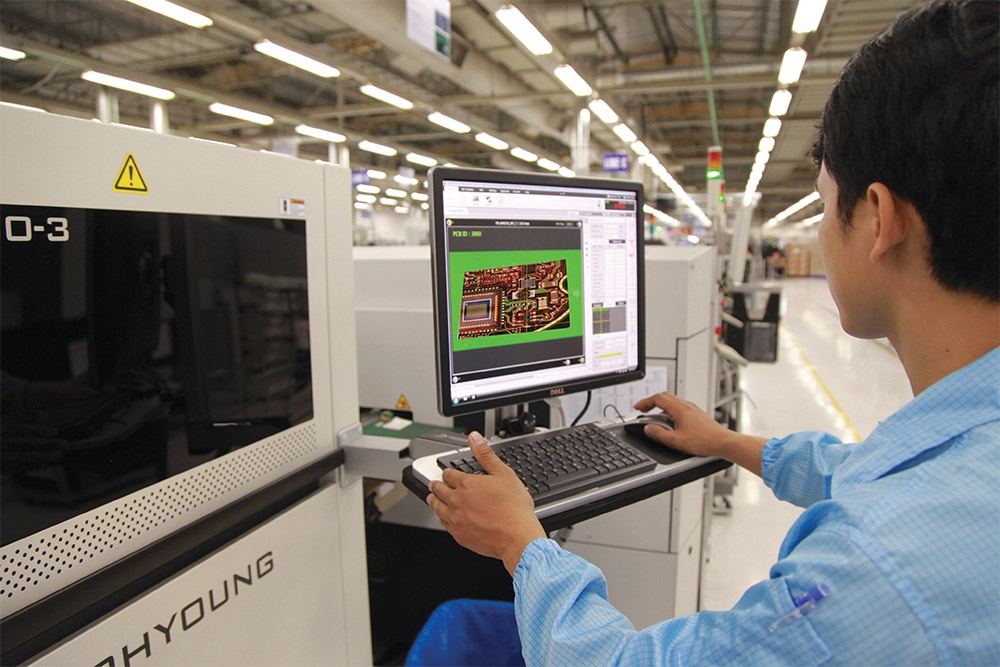 Government, institutions, academia, and more need to collaborate to boost the microchip ecosystem, Le Toan
Government, institutions, academia, and more need to collaborate to boost the microchip ecosystem, Le Toan
According to Dr. Chu Duc Hoang, head of the National Technology Innovation Fund Office under the Ministry of Science and Technology, there is a lack of strategic planning for semiconductor personnel training in terms of quality and structural balance.
Currently, only 15 per cent of graduates meet international standards, and 40 per cent require retraining after recruitment.
“Additionally, Vietnam only trains about 22 per cent of the required advanced skills, and there is an 85 per cent shortfall in top-tier experts,” Hoang said at a workshop on the subject in Hanoi on June 30. “Brain drain is a serious concern, with up to 35 per cent of talent lost, 70 per cent of outstanding students studying abroad never return, and 65 per cent of engineers trained overseas do not come back after five years of working.”
The Vietnamese government last year laid out plans to consolidate the semiconductor industry through a dedicated strategy and a human resources development programme, with the goal to train at least 50,000 high-quality personnel for the industry by 2030, including 42,000 engineers, 7,500 master’s degree holders, 500 doctoral candidates, and 5,000 AI experts.
“The goal of training 50,000 semiconductor engineers within the next 5-10 years will be extremely challenging without a solid strategic foundation and concrete actions starting now,” he added.
Dr. Hoang proposed a “dual-level” training model: simultaneously training both lecturers and students through visiting professors, thereby cultivating a core group of elite professionals.
He also suggested implementing a workforce development framework comprising 70 per cent operational engineers, 20 per cent design engineers, and 10 per cent researchers, to ensure sustainable growth of 25 per cent annually for Vietnam’s semiconductor industry.
For training infrastructure, Dr. Hoang proposed that 20 leading technology universities enrol 5,000 students annually, forming the foundation for 10,000 new semiconductor engineers each year.
In addition, attracting high-tech firms and major corporations with exceptional incentive policies, attractive living conditions, and appealing work environments is also a critical solution.
“Simultaneously, universities need greater academic autonomy, flexible restructuring, access to shared laboratories, stronger industry-academia collaboration, and promotion of spin-off and startup models in high-tech fields,” he added.
Most importantly, Hoang stressed the need for Vietnam to not only receive but also master technologies. Technology transfer must be closely tied to intellectual property rights to generate real value.
From an international perspective, Felix Weidenkaff, an expert for Labor Market Policy and Employment at the International Labour Organization, noted that the electronics industry is a key driver of job creation in Vietnam, particularly for medium-skilled roles in the manufacture of computer, electronic, and optical equipment.
“Multiple forces are rapidly changing the nature of work and skill requirements, including technological advancements, globalisation, and climate change,” Weidenkaff noted. “Vietnam needs to rapidly develop relevant skills to meet the increasing demands of the electronics and semiconductor industries and leverage these shifts to boost productivity and improve job quality.”
Le Hai Anh, who is the director of Dolphin Technology Vietnam Centre, pointed out that Vietnam faces a serious shortage of experienced personnel relative to market demand, with intense recruitment competition as more companies set up offices in Vietnam and salary levels rise rapidly.
“New graduates often lack skills in using commercial electronic design automation tools, tape-out procedures, soft skills, English proficiency, hands-on integrated circuit (IC) design projects, and chip testing,” Anh said. “There is also a lack of specialists in areas like backend design and universal verification methodology verification. The industry lacks skilled management personnel, with most companies having to train internally.”
In terms of policy and industry links, Vietnam lacks mechanisms to support scholarships for students undertaking internships, theses, or research projects in cooperation with businesses. Anh proposed that universities strengthen cooperation with businesses through site visits, internships, and joint graduation projects, increase investment in specialised training, and establish practical laboratories for IC design, simulation, and chip testing.
From the government side, he suggested providing scholarships for students in IC fields, financial support policies for businesses prioritising new graduate recruitment, and connection platforms for shared training courses and business-university knowledge transfer.
The global semiconductor market has maintained a compound annual growth rate of up to 14 per cent for the past two decades. At this pace, the sector is expected to reach the $1 trillion mark by 2030, becoming a strategic pillar of the global economy.
SEMI reports strong growth as demand for chips continues to soar.
At a conference on digital twins for Vietnam's semiconductor workforce in Hanoi on June 12, industry experts declared Vietnamese workers to be its greatest advantage, which will be supported further by digital twin technology.
Vietnam’s semiconductor and electronics sector is gaining momentum, fuelled by rising global demand and government support. Do Thi Thuy Huong, an executive board member of the Vietnam Electronic Industries Association, spoke with VIR’s Hoang Oanh about key strategies to develop a globally competitive ecosystem.
